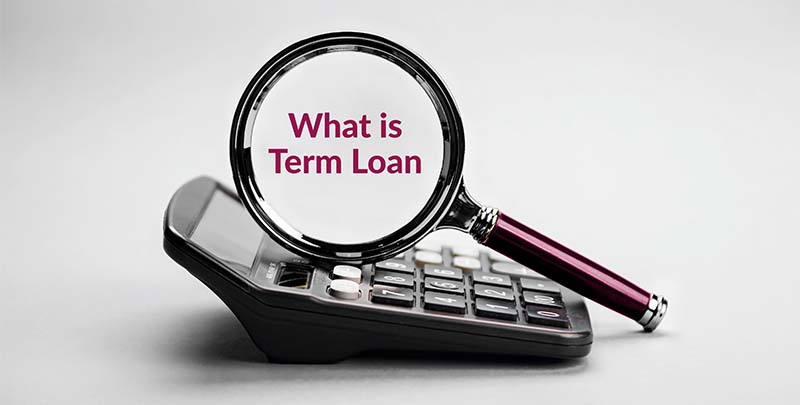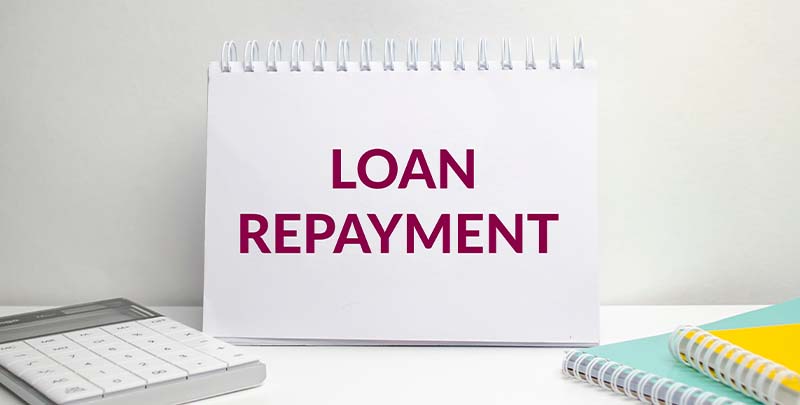- Accounts
- Deposits
- Cards
- Forex
Send Money AbroadSend Money to India
- Loans
- Investments
- Insurance
General InsuranceHealth Insurance
- Payments
To access the old website
Click HereExplore 250+ banking services on Axis Mobile App
Scan to Download

- Current Account
- Pay
- Collect
- Trade
Services
Solution for Exporters
- Debt & Working Capital
24x7 Loans
For MSMEs with turnover up to ₹30 Cr
- Treasury
- Transact Digitally
- Home
- Blogs
- Generic Guide
- moratorium what it means and its impact

Generic
Moratorium – What it means and its impact
As part of the relief measures to deal with the coronavirus-led economic slowdown, the Reserve Bank of India has advised banks to offer a moratorium period for all terms loan repayments which fall between March 1 and May 31, 2020. To put it simply, it means that the borrower need not pay the EMI on the loan for a certain period. It does not mean a cancellation or waiver of interest. It applies to loans for retail borrowers such as home loans, personal loans, auto loans, credit cards, gold loans, education loans, and others.
What the moratorium means
The moratorium is only an option to defer or postpone, your EMI repayment. It does not mean the interest during this period is cancelled or waived off. If you avail of the moratorium facility, the interest will continue to accrue or get added to your principal outstanding amount. Then, from June 2020 onwards, when you restart your EMI, your interest will essentially be calculated on the higher principal amount. So, effectively you could end up paying a higher interest from June onwards. Keep this in mind while deciding if you want to opt for the EMI. If you have multiple loans, you should do the calculation and then decide on which of your loans you want to avail of the moratorium benefit.
Impact on loans
Since the EMI for the three-month moratorium period gets added to the outstanding principal amount, from June onwards your repayment will be on the higher principal amount. Accordingly, either your EMI will be higher or your loan tenure will increase. The impact could be felt more in case of home loans since these are big-ticket loans and the EMI typically forms a significant part of your monthly budget.
Let us see this with an example:
Brinda has a term loan of Rs 25 lakh at 9% rate of interest p.a. Her EMI is Rs 22,493 for 240 months or 20 years. Her Principal outstanding after 12 months as of March 31st, 2020 is Rs 24,53,182. If she avails 2 months moratorium for the months of April 2020 and May 2020, then the principal outstanding from June 2020 would be Rs. 24,89,949.
Read Moratorium FAQs for Loans on our website for more details.
Impact on credit cards
The interest rate on credit cards is higher since it is an unsecured loan. Keep this in mind while calculating your monthly repayment post-June, if you do opt for the moratorium facility. Also keep in mind that you will not be able to use your credit card during the moratorium period until all dues are cleared. Or until you pay the minimum amount due.
Let us see this with an example:
Rishi makes a purchase of Rs 10,000 on February 12. His credit card bill gets generated on March 12, with a total amount due of Rs 10,000 by April 2. If he opts for the moratorium, he will accrue total interest + GST of Rs 1,739 (assuming interest rate of 3.5% per month). The total amount of Rs 11,739 will appear in his statement on June 12, 2020.
Read Moratorium FAQs for Credit Cards more details.
[Also Read: Investment lessons from the coronavirus pandemic]
Advantages of moratorium
- The moratorium offers some respite in case of a financial emergency. You can stop your loan repayment during this period while you divert your funds for your essential needs
- The bank will not charge any penalty even though you are not repaying the loan during this period
- Since it is a relief measure, the bank will not report you as a defaulter to the credit bureau during the moratorium period. Even if you don’t repay your loan, your credit score and credit history will not see an adverse impact. This will help in the future when you need to take another loan and need a good credit history
Disadvantages of moratorium
- Since the interest continues to accrue during the moratorium period your EMI could increase after June 2020. Hence make provision accordingly if you choose to avail of the moratorium benefit
- In the case of big-ticket loans such as home loans, your overall tenure could increase. This will essentially mean a higher interest outgo during the entire loan period
- You will not be able to use your credit card during the moratorium period
Should you opt for a Moratorium?
- If your employer has announced a salary cut or if your business has been shut down due to the lockdown, you could be facing financial burden. In such a case, the moratorium can provide relief. But if your current finances permit you to repay the loan, please continue to do so. This will help avoid additional interest burden after the moratorium period.
- If you have more than one loan, find out which loan is likely to see a bigger impact post the moratorium period. This will depend on the loan amount, the residual loan tenure and the interest rate.
- If your home loan is in its initial stages, then it makes sense to continue repaying your EMIs, as interest forms a higher portion of the EMI during the initial period of the loan. Hence, if you defer your EMI, the impact on your loan will be larger, than someone whose home loan tenure is nearing the end.
Axis Bank has offered an ‘opt-in’ facility for the moratorium, for retail loans. This means you have to inform the bank if you want to avail of the moratorium facility, in case you are facing any kind of financial burden. Apart from the retail loans mentioned here, Axis Bank’s moratorium facility is also available for business loans, tractor loans, commercial vehicle loans, construction equipment loans, commodity loans, etc. Visit our website to avail of know more/avail of Axis Bank’s Moratorium service.
Disclaimer: This article is for information purpose only. The views expressed in this article are personal and do not necessarily constitute the views of Axis Bank Ltd. and its employees. Axis Bank Ltd. and/or the author shall not be responsible for any direct / indirect loss or liability incurred by the reader for taking any financial decisions based on the contents and information. Please consult your financial advisor before making any financial decision.
Table of Contents
Related Services
Learning Hub
Look through our knowledge section for helpful blogs and articles.














